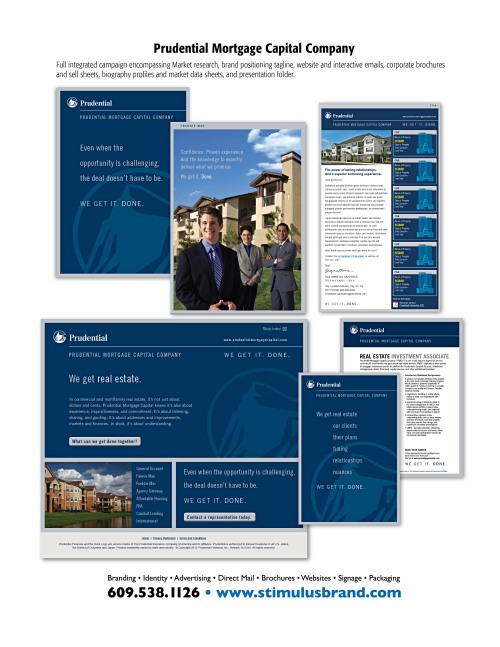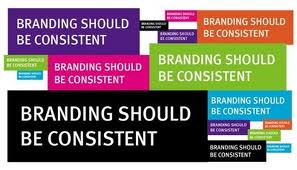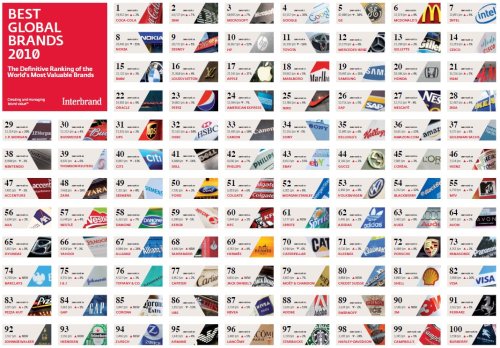There’s a saying that you can’t make someone else happy unless you are first happy with yourself.
Likewise, you can’t get others to understand your brand until you understand it yourself.
As important as it is to understand our personal “influencers,” as discussed in our last blog, it’s equally important to understand the TRUTH of our brands. Then, the challenge lies in helping people see and feel and react to that truth.
Admittedly, it’s not always easy. In fact, it can be quite hard. It takes questioning, studying, pondering and listening. It takes imagination and creativity but in the context of your truth. With each new client, StimulusBrand Communications takes the time to dig deep – so we can understand them, their history, their products, their services, their competition, and consider points of difference and where opportunity presents itself. Consistently, the time spent up front has been well worth it, leading us in honest, creative directions that result in well-defined messaging that rings true… and gets results.
In advertising, in business, and, heck, in life — knowing who and what you are can be the critical difference between success and failure. Your audience can spot a fake in a heartbeat. There is much to be gained when you start with the truth; and, likewise, much to lose when you mislead. Tap into the substance of you or your business first. You will discover where improvements can make a positive difference and just what makes you relevant and worthwhile.
We’ve seen companies that are so anxious to cloak themselves with a really snappy or cool presence… because it’s what they hope to be when they grow up – or worse what they imagine they already are. Too often, they set themselves up for failure, disappointing customers – and wasting money. Many dot com companies launching back in the ‘90s were notorious for this; creating excitement without much follow-through. Not many survived.

A few well-known “truthful” brands that we continue to be drawn to year after year, product extension after product extension: Apple, McDonald’s, BMW, FedEx, The Home Depot, VW.
So, our advice is: To fully benefit from your advertising and branding efforts, take the time to understand the truth of who and what you are. When you are real, consistent and true to your core, you usually find that you don’t have to sell yourself too hard. Success will find you!
————————————————————————————————————
To read about how we’ve helped clients better understand and define their brands, visit www.stimulusbrand.com/raves.shtml.
— Tom McManimon
— Diane Blaszka







 Perhaps best known as Puddy on Seinfeld, Patrick Warburton serves as Honda’s laid back, almost catatonic, but humorous spokesman in the “Happy Honda Days” series. The ads feature great comedic writing and are quietly dismissive of all the holiday hoopla — while still making an effective holiday pitch. As Tim Nudd writes in Adweek Magazine, Warburton “can get away with this, partly because he acknowledges the hypocrisy and partly because he’s so likable. In one ad, he opens by suggesting that ‘Elves are shoddy craftsmen,’ then points out that Hondas are made by ‘real human beings.’ In another, he ridicules holiday ads from luxury automakers that show cars wrapped in bows. ‘Are you a millionaire? No? Well, then you probably don’t give cars to people as presents,’ he says, as he rips the bow off a Civic. (Again, though, this is disingenuous—as another spot urges you to give the gift of a Honda, just to watch the person’s joyful reaction.)”
Perhaps best known as Puddy on Seinfeld, Patrick Warburton serves as Honda’s laid back, almost catatonic, but humorous spokesman in the “Happy Honda Days” series. The ads feature great comedic writing and are quietly dismissive of all the holiday hoopla — while still making an effective holiday pitch. As Tim Nudd writes in Adweek Magazine, Warburton “can get away with this, partly because he acknowledges the hypocrisy and partly because he’s so likable. In one ad, he opens by suggesting that ‘Elves are shoddy craftsmen,’ then points out that Hondas are made by ‘real human beings.’ In another, he ridicules holiday ads from luxury automakers that show cars wrapped in bows. ‘Are you a millionaire? No? Well, then you probably don’t give cars to people as presents,’ he says, as he rips the bow off a Civic. (Again, though, this is disingenuous—as another spot urges you to give the gift of a Honda, just to watch the person’s joyful reaction.)”











